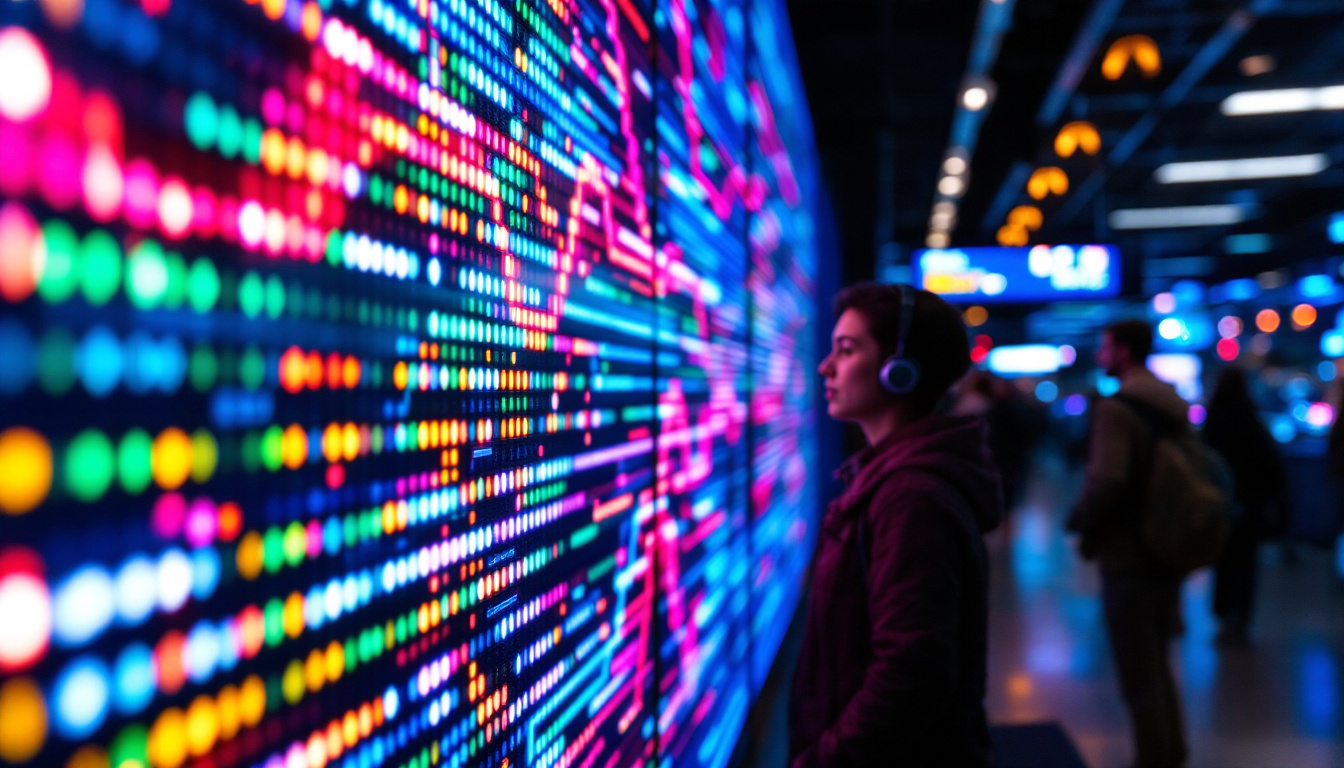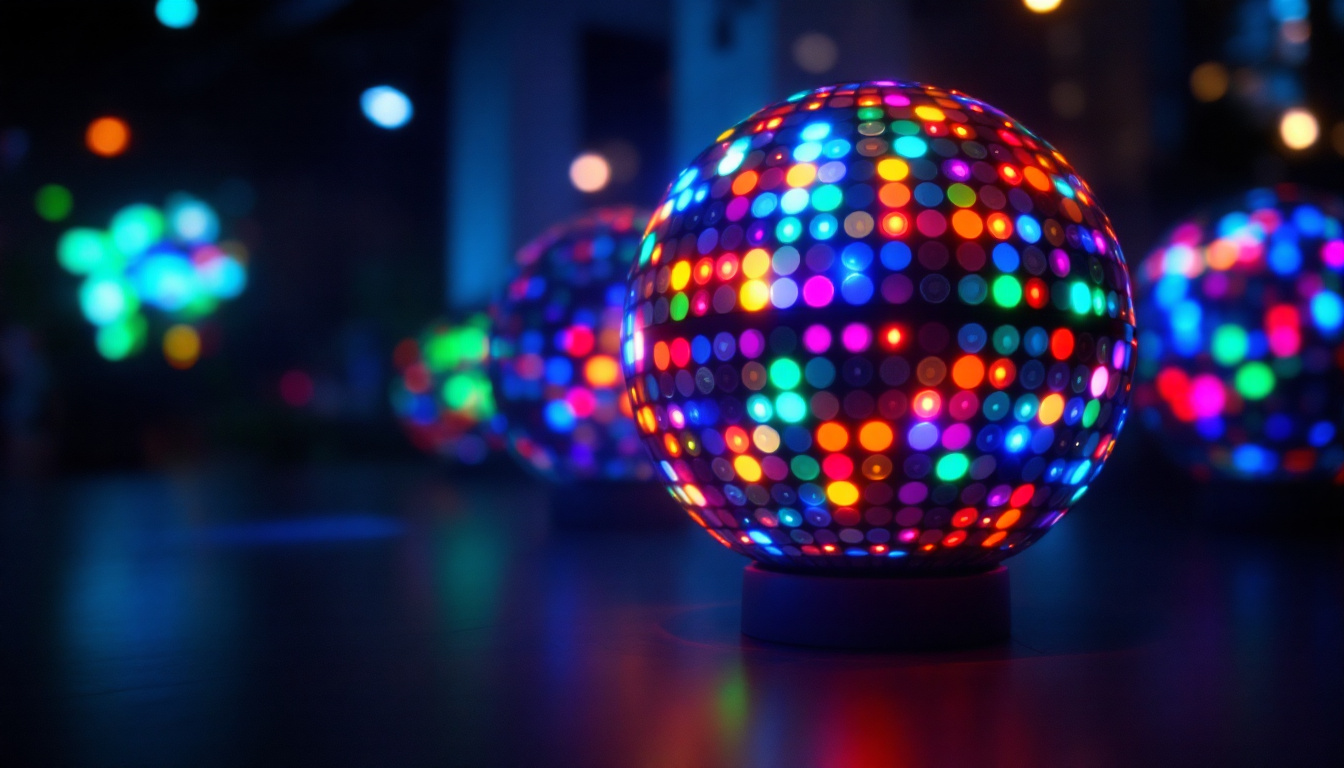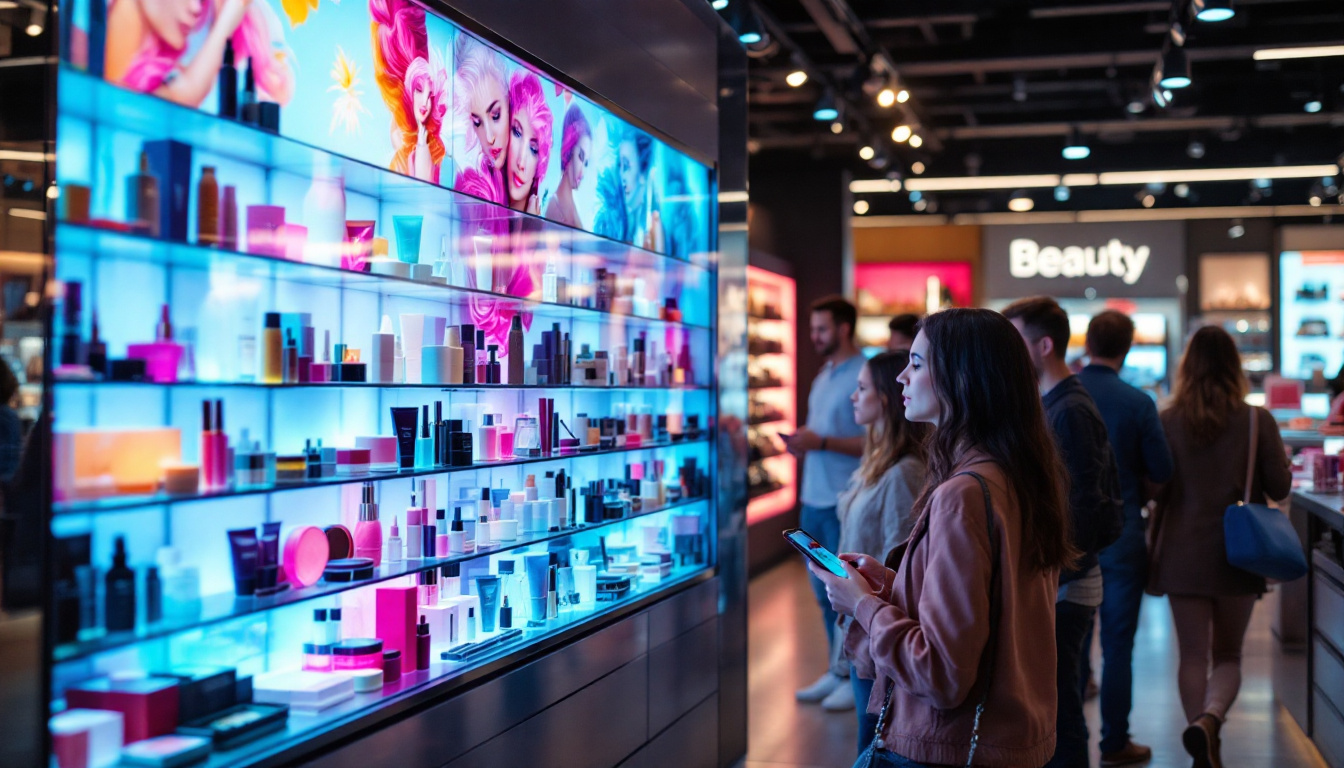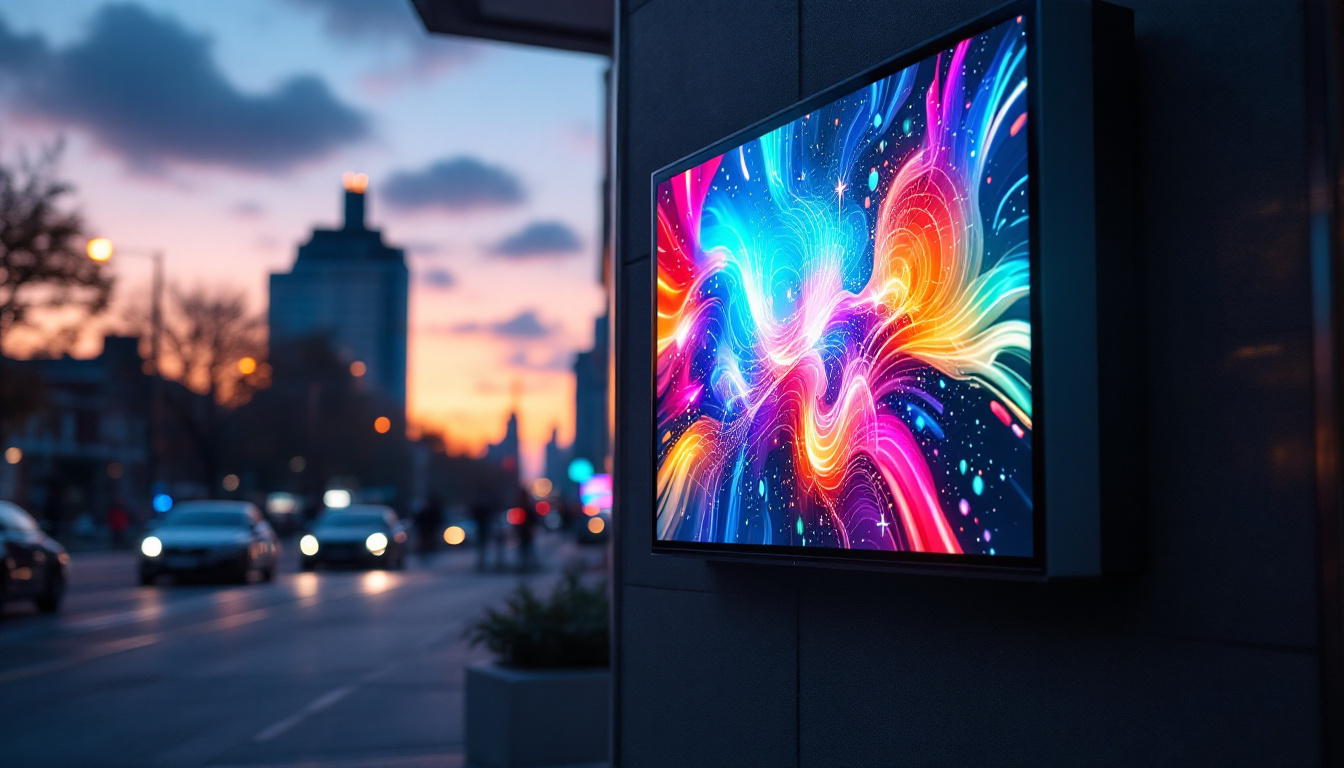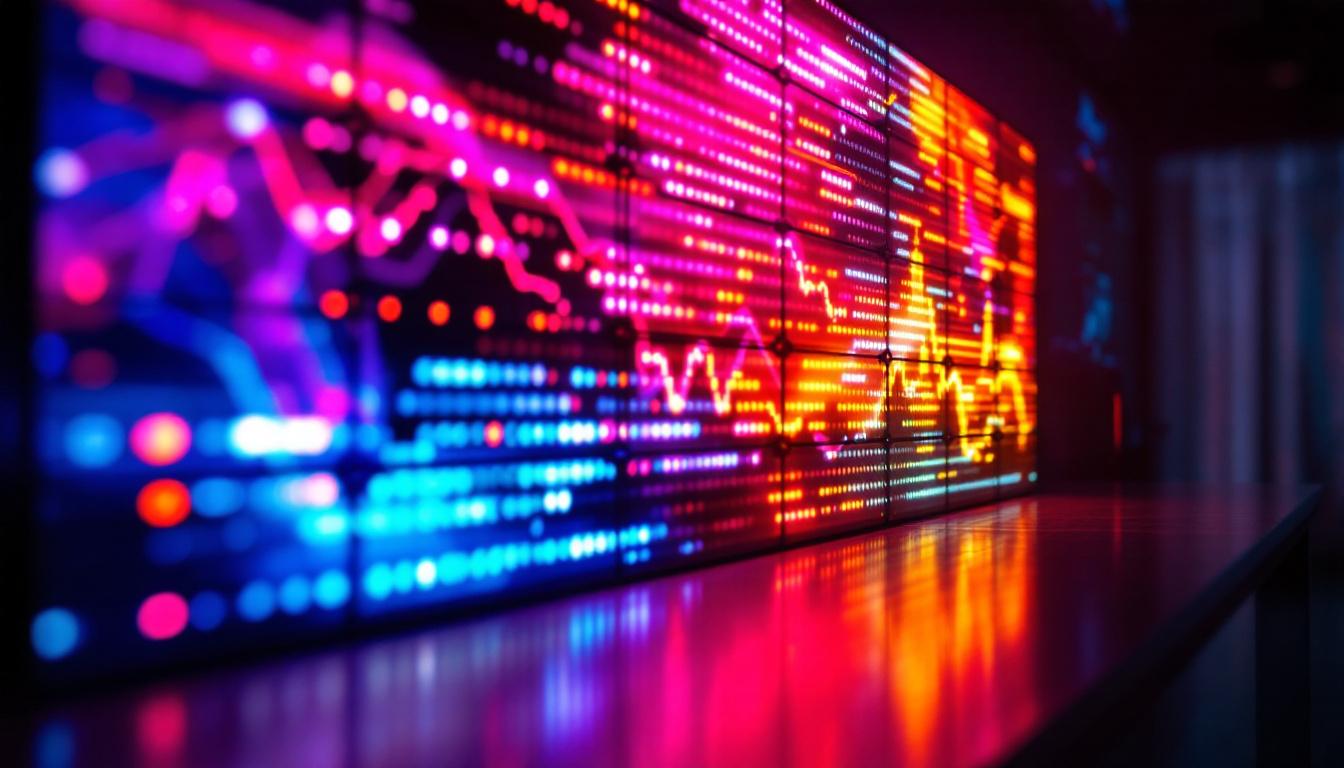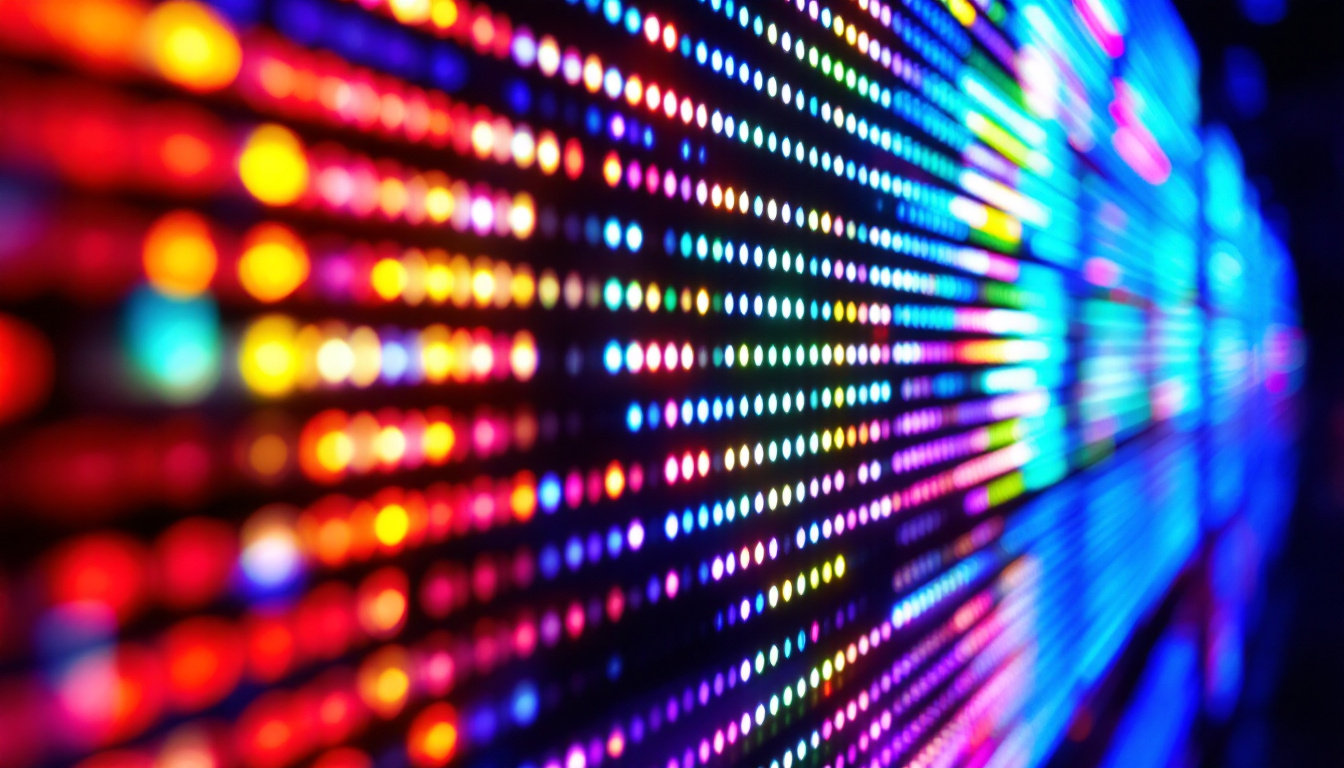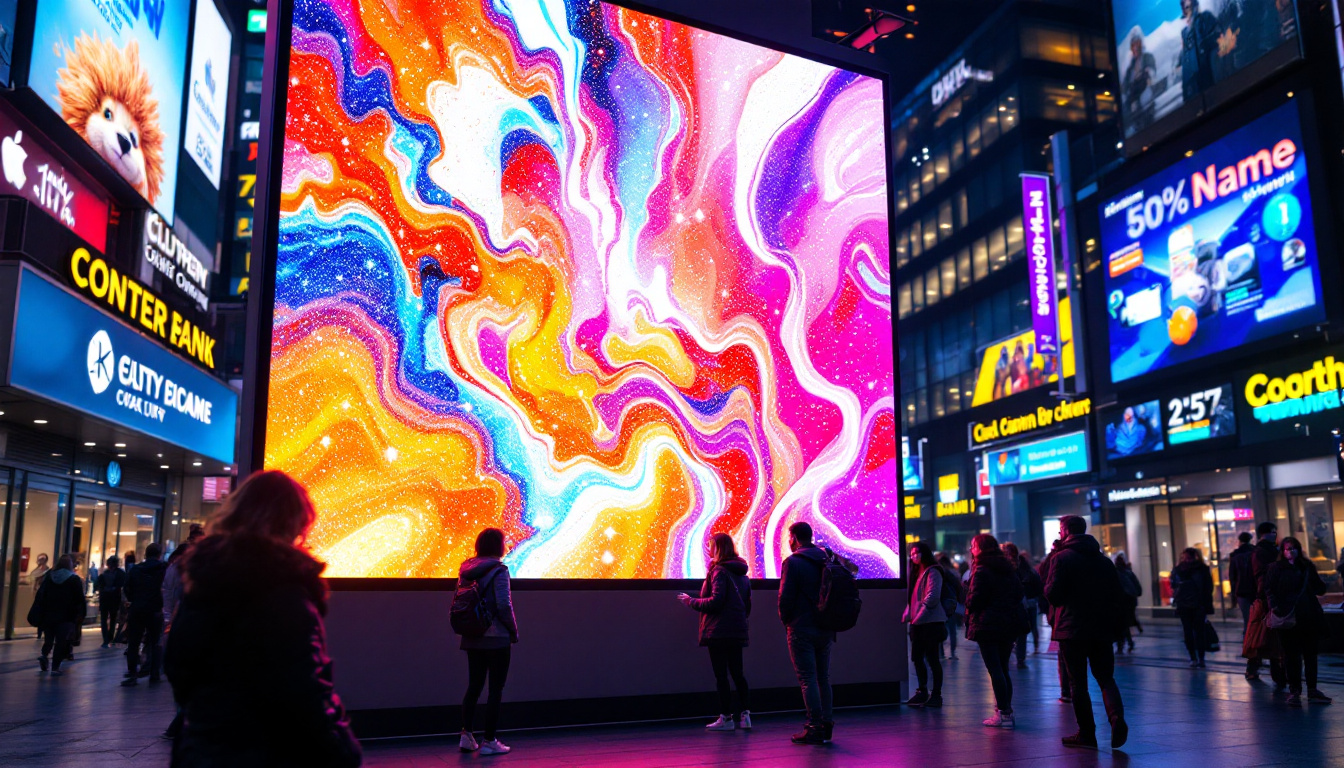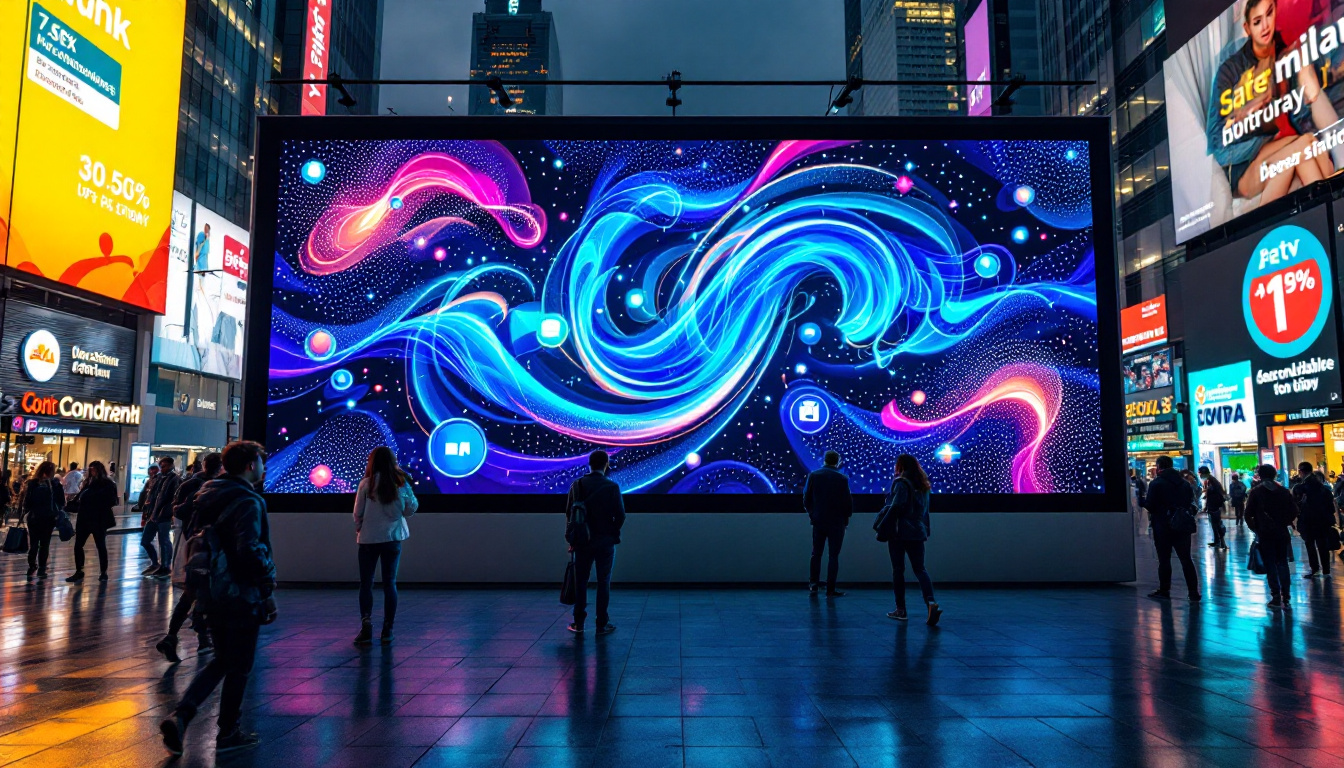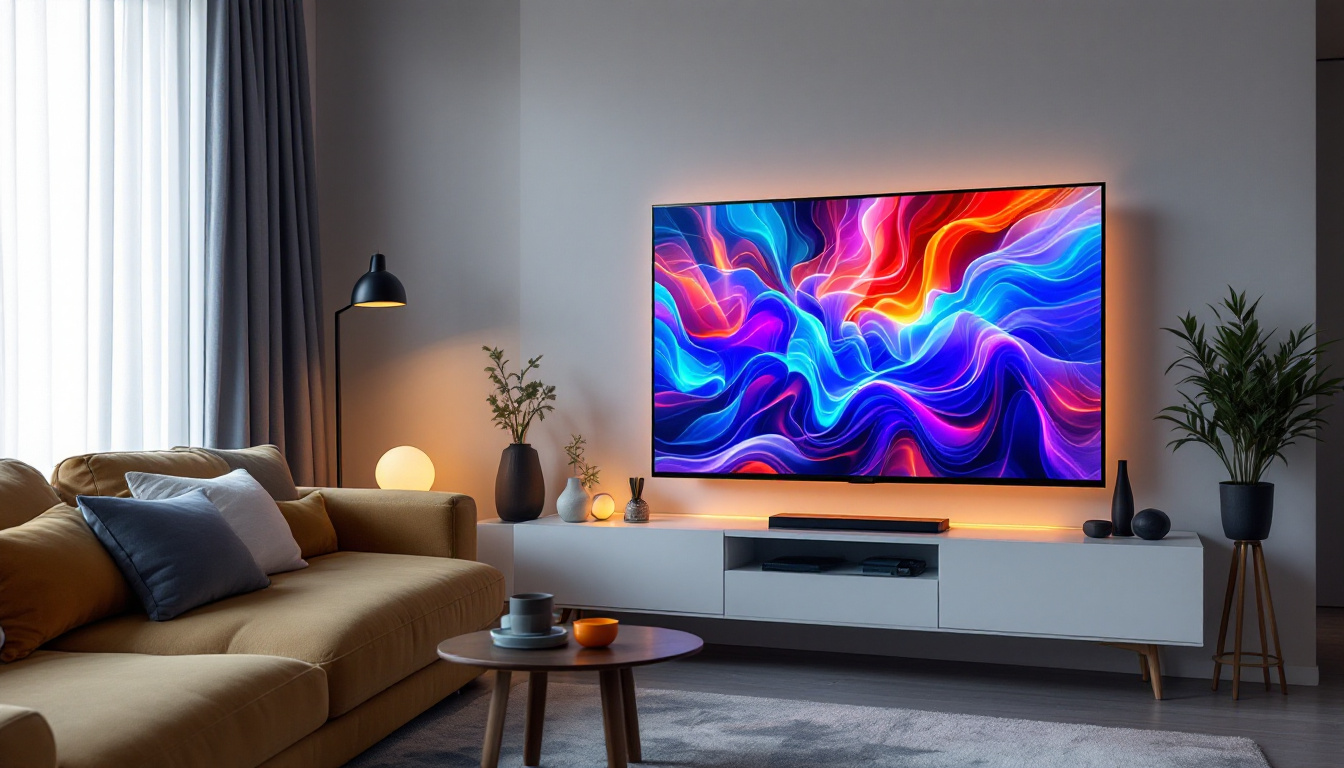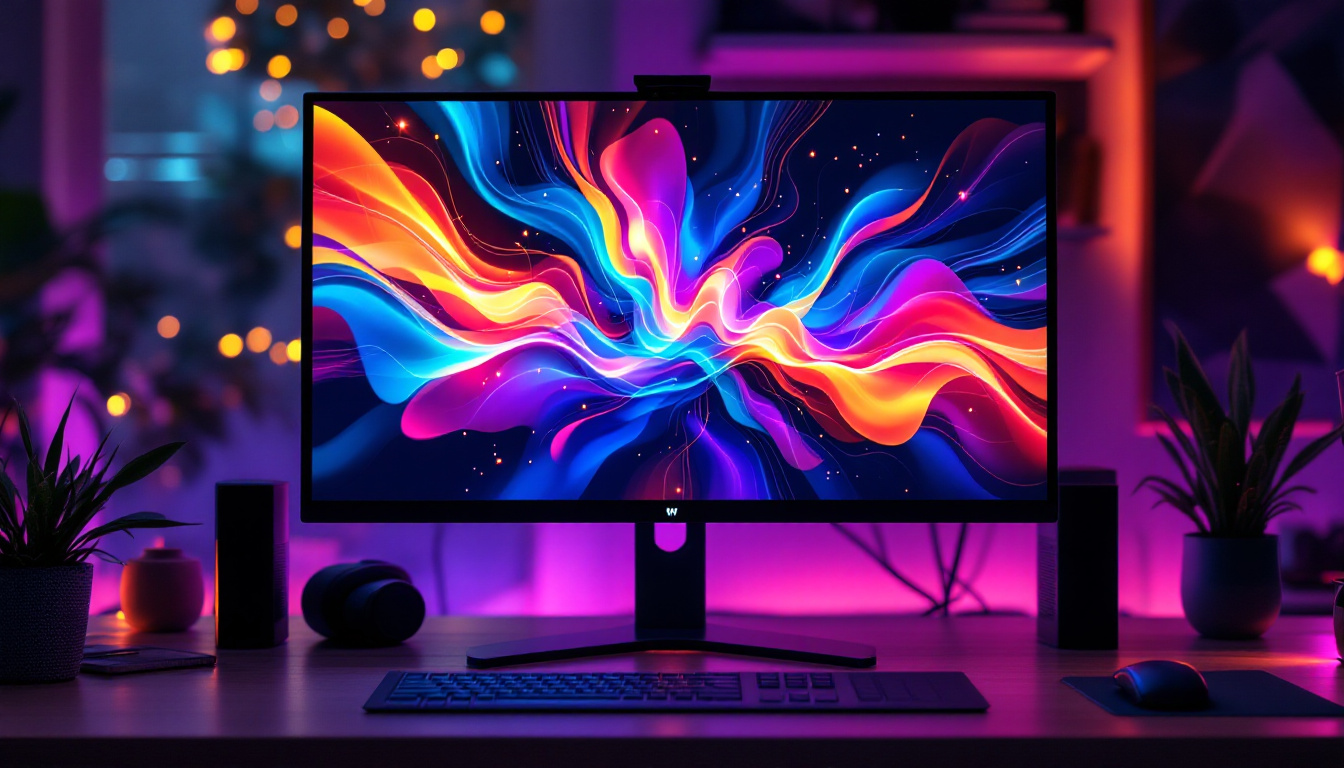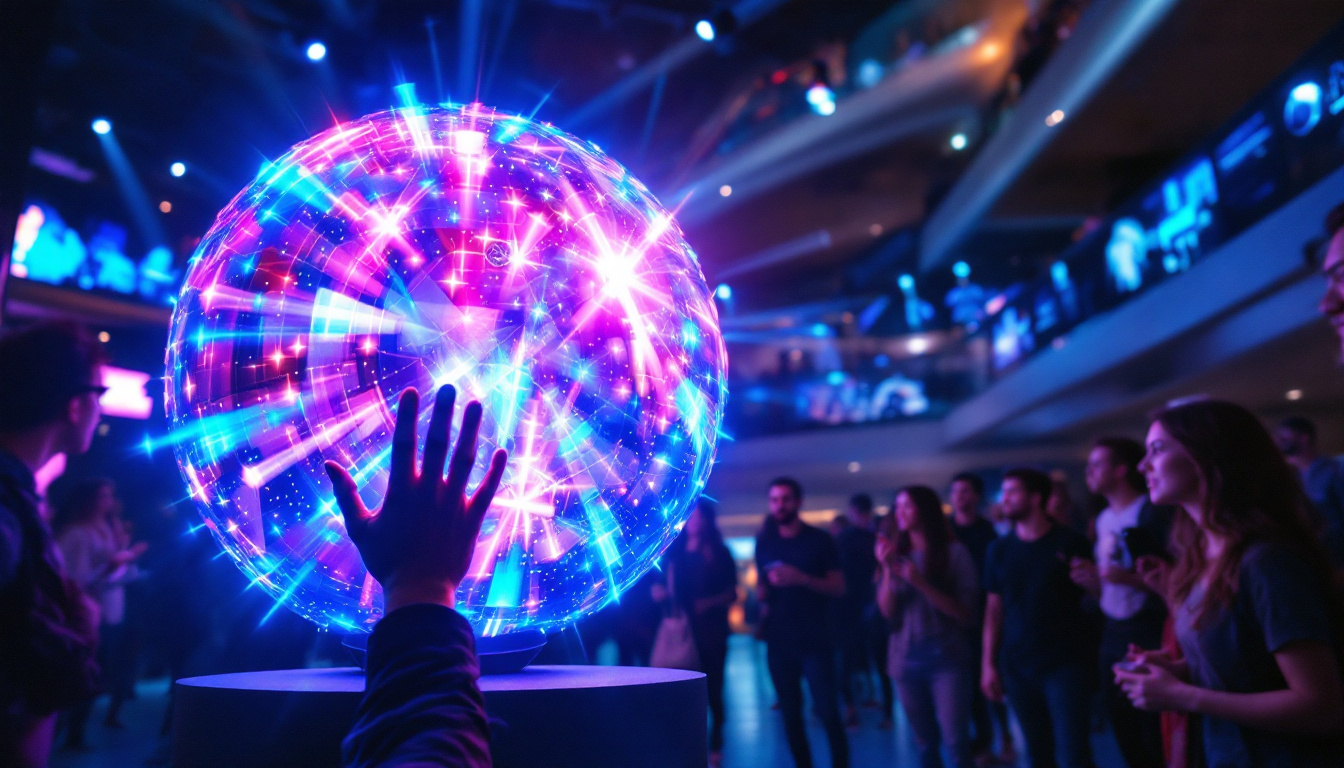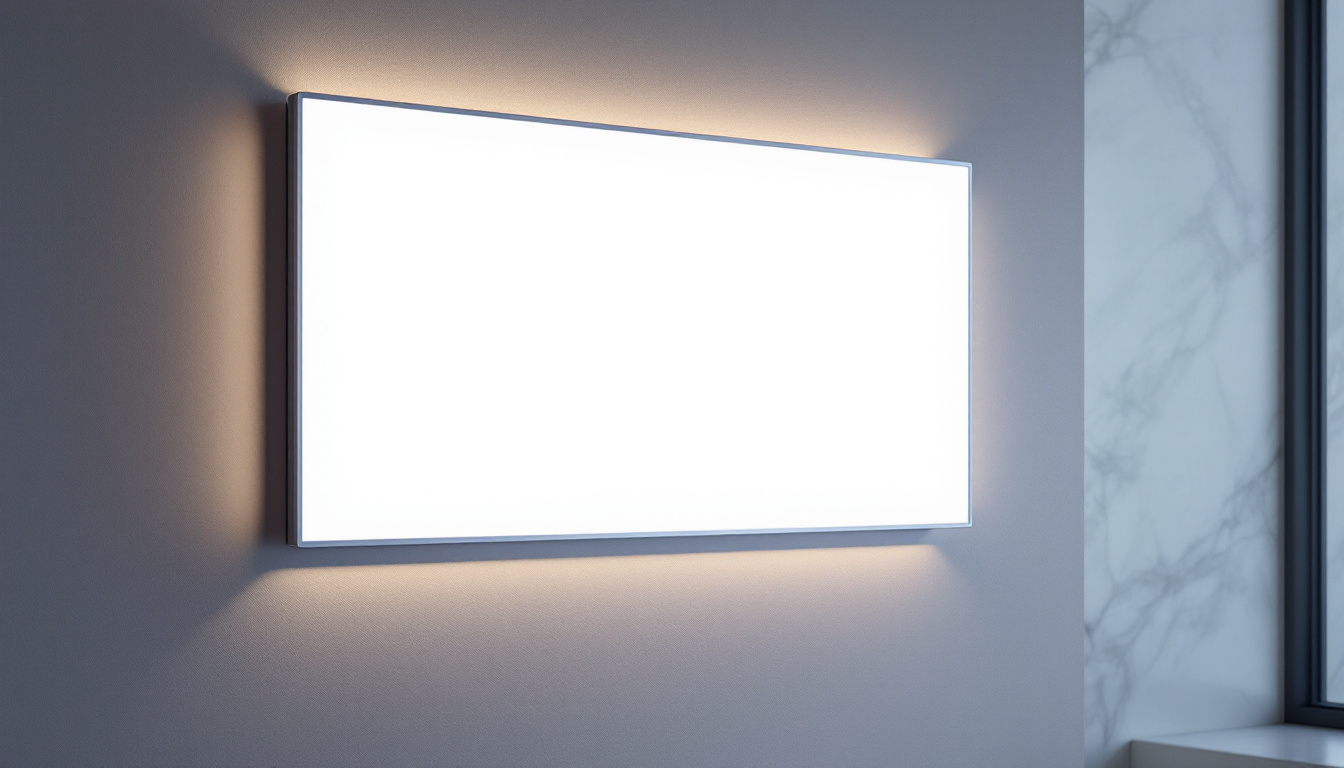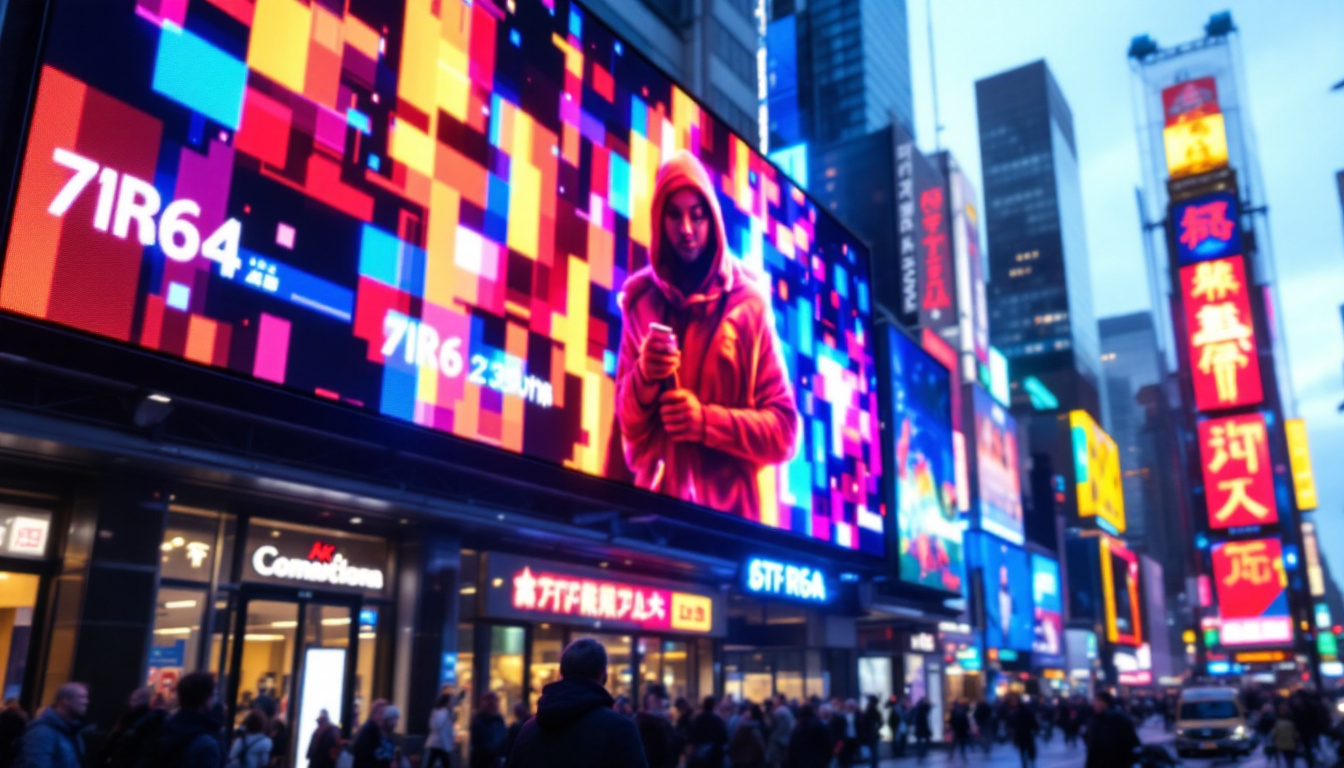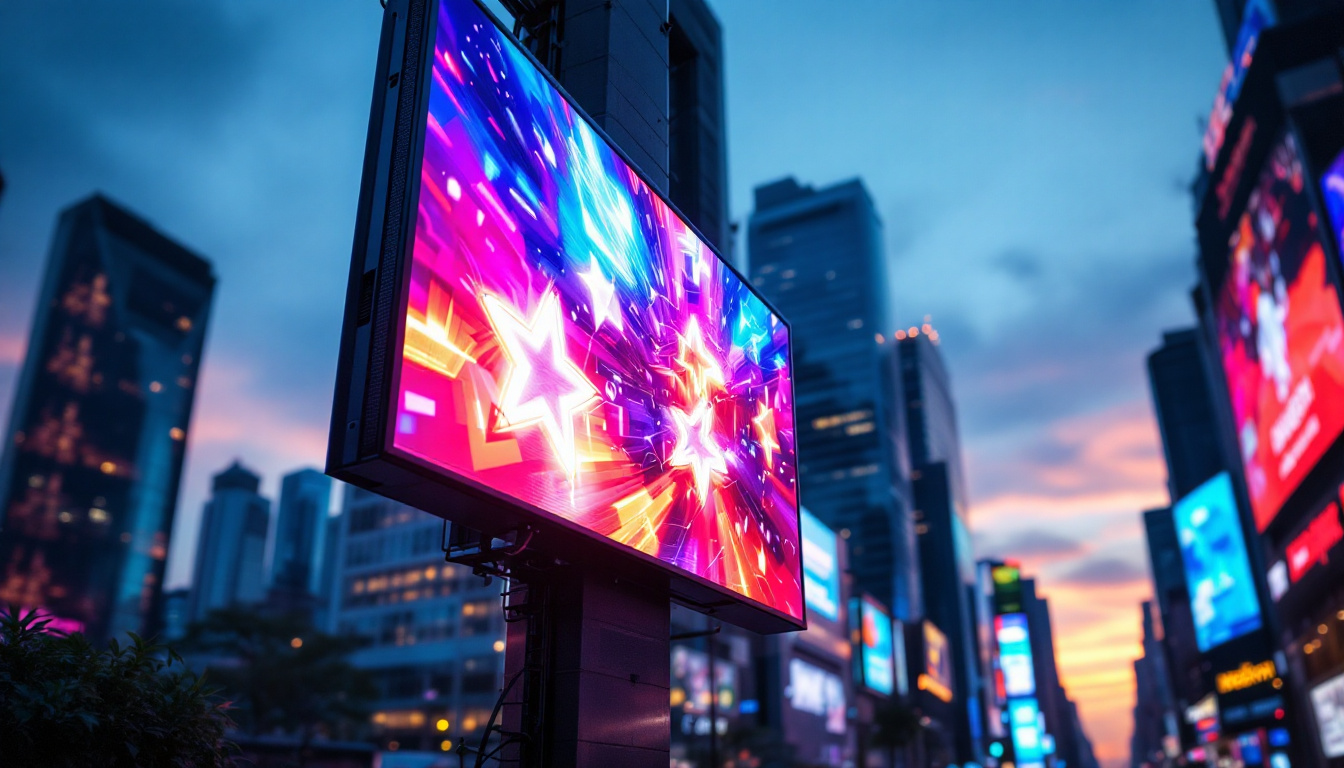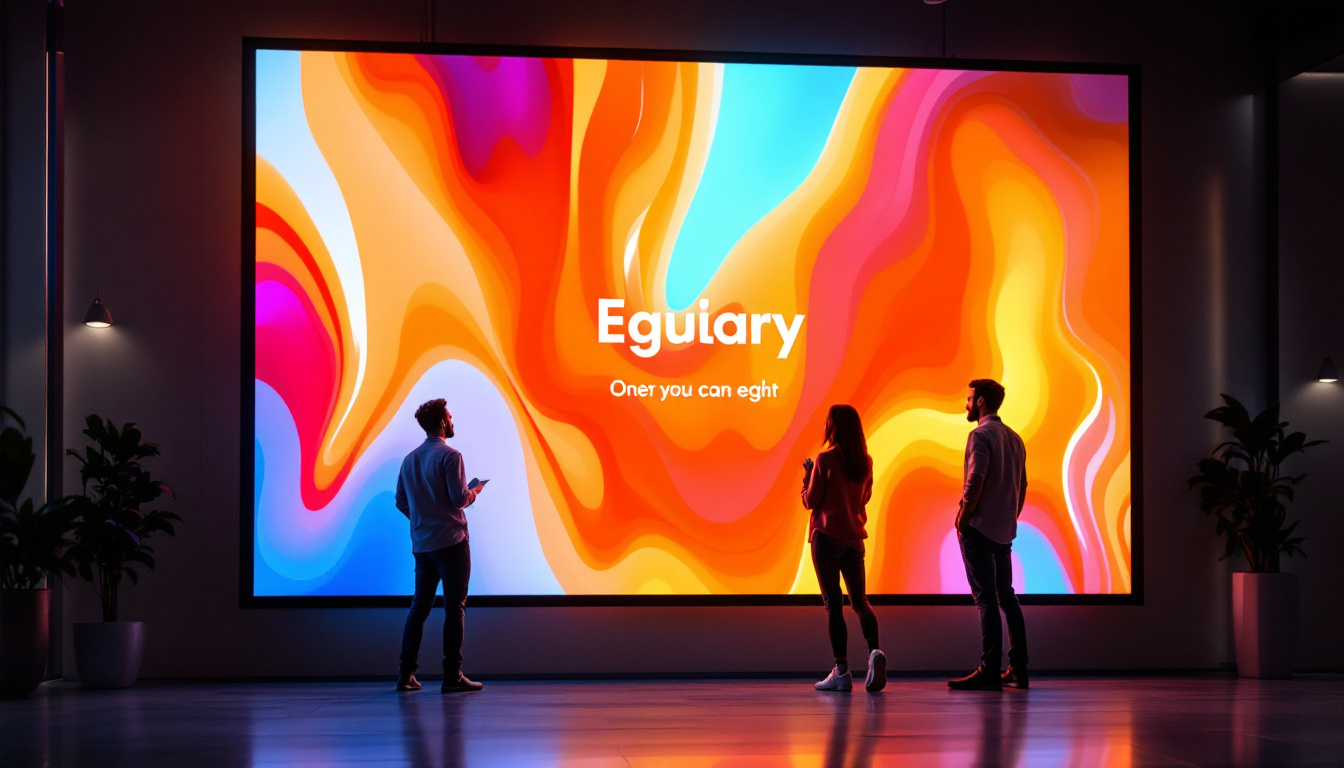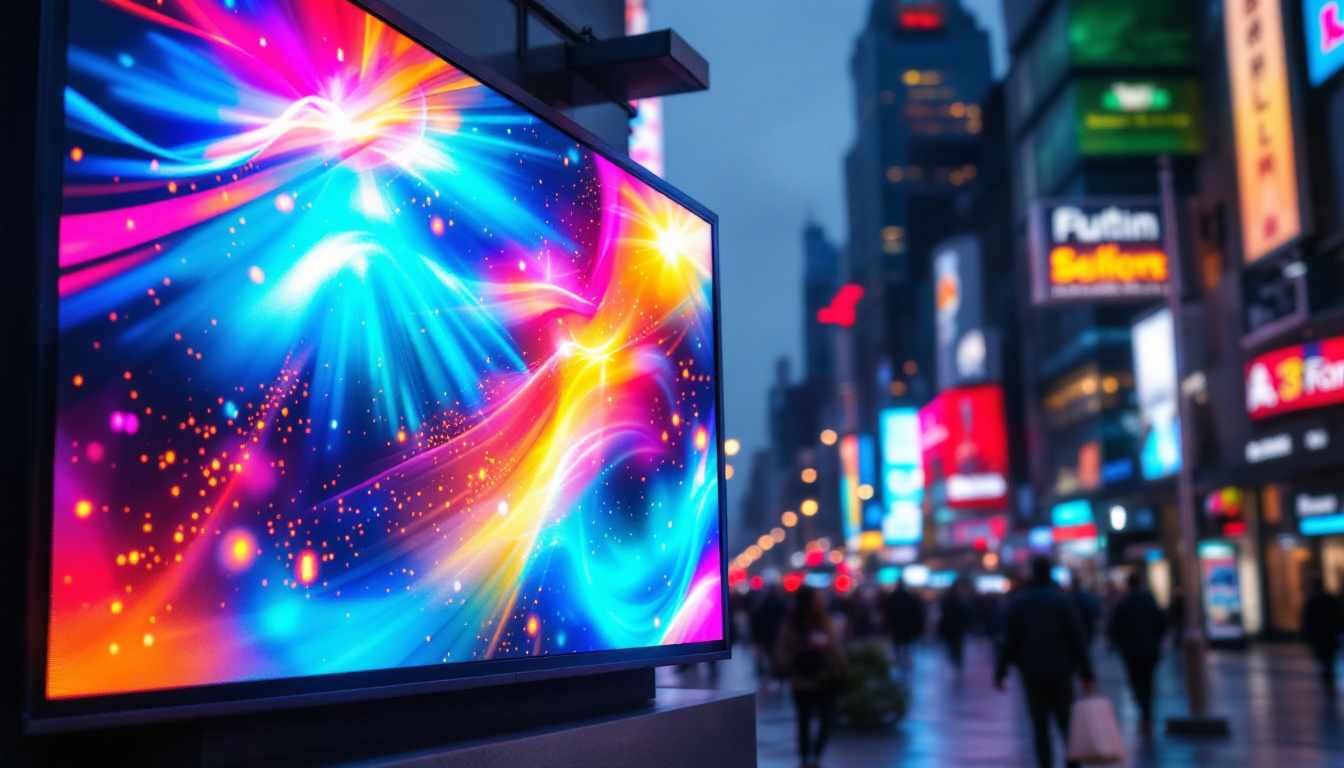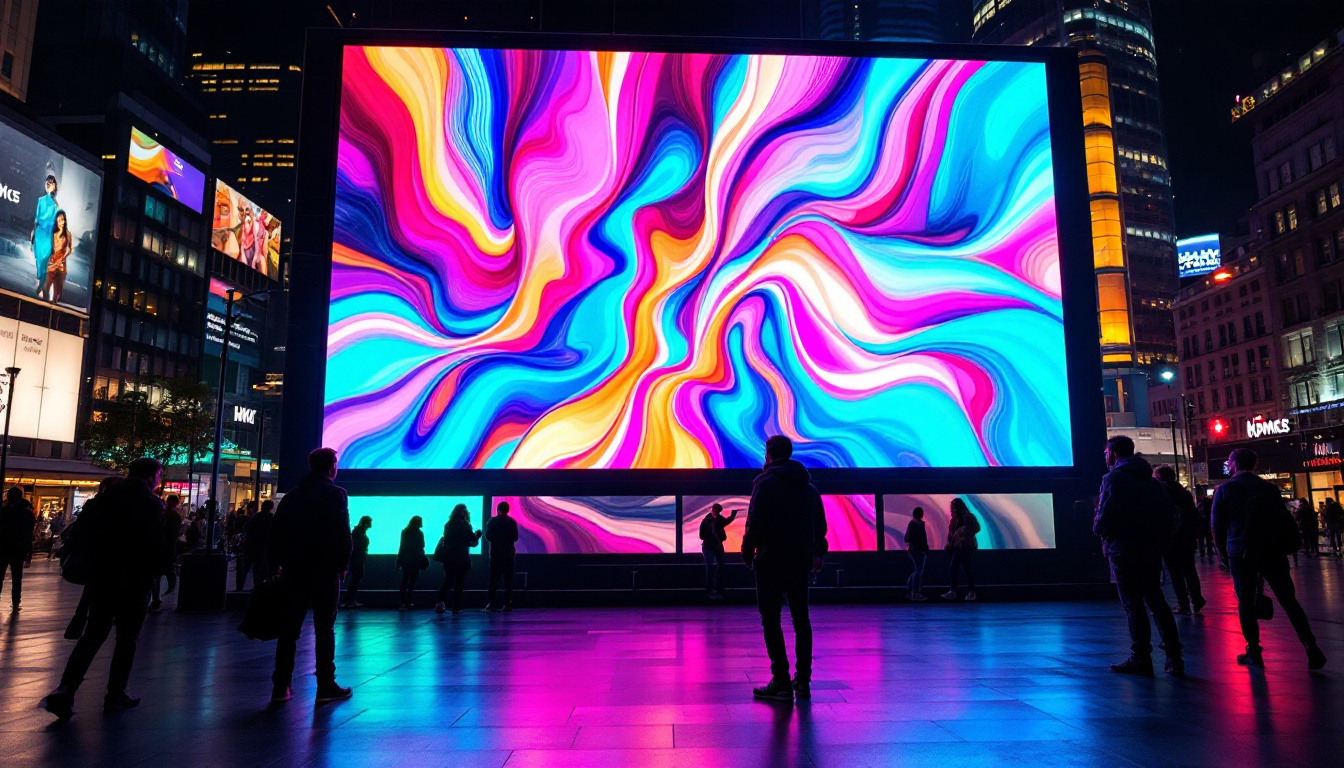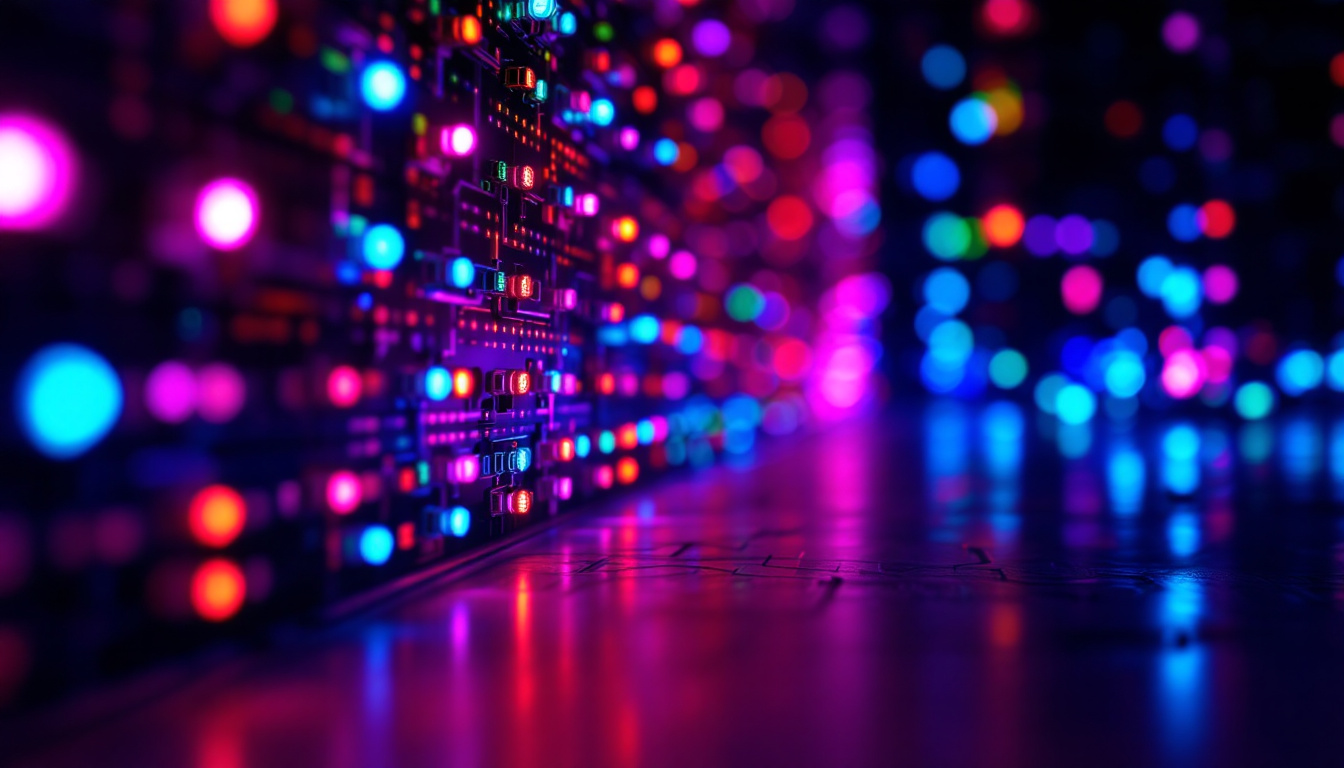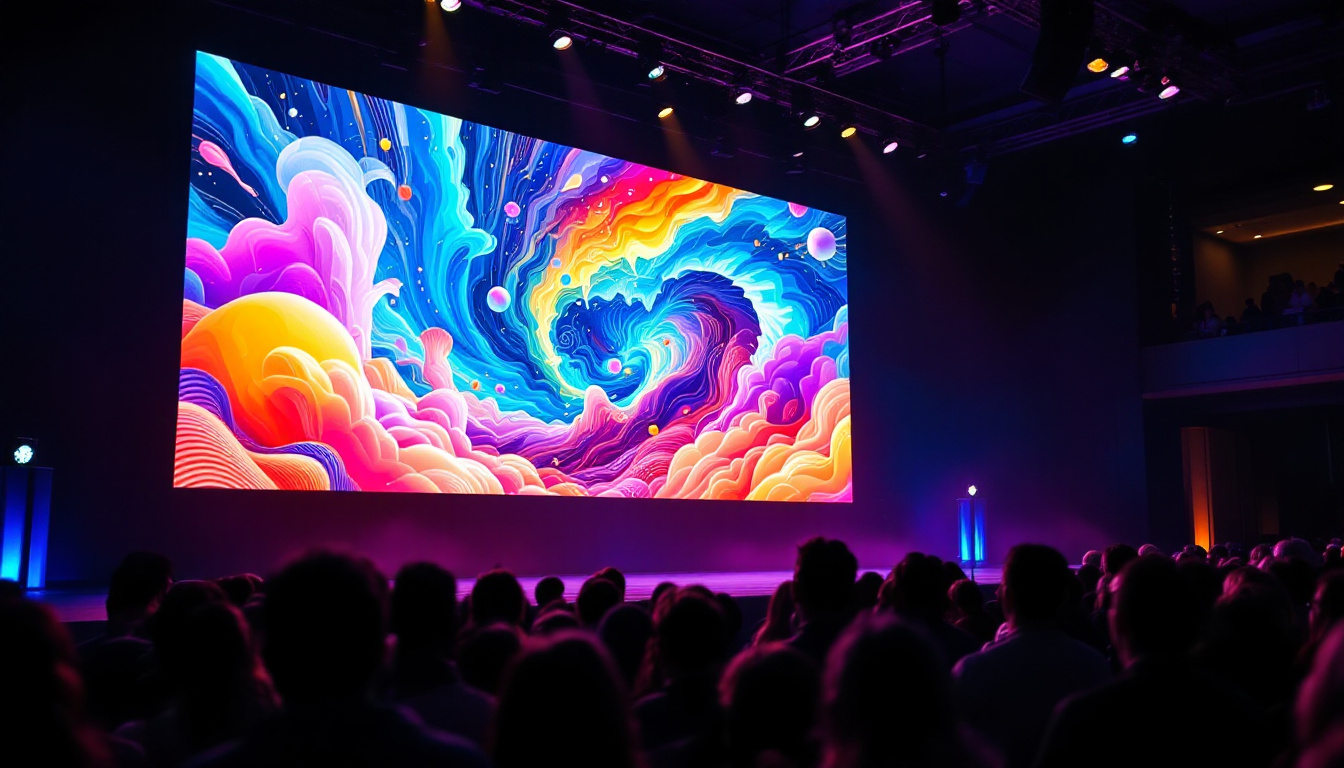The Terminal 110 LED display is a cutting-edge technology that has transformed the way information is presented in various environments. From transportation hubs to retail spaces, the versatility and clarity of LED displays have made them an essential tool for communication. This article delves into the features, benefits, and applications of the Terminal 110 LED display, providing a comprehensive understanding of its significance in today’s digital landscape.
Understanding LED Technology
Light Emitting Diodes (LEDs) are semiconductor devices that emit light when an electric current passes through them. Unlike traditional incandescent bulbs, LEDs are energy-efficient, have a longer lifespan, and offer superior brightness and color quality. The Terminal 110 utilizes advanced LED technology to deliver vibrant visuals that can be seen clearly from a distance, making it ideal for various applications. The longevity of LEDs, often exceeding 50,000 hours, means less frequent replacements and reduced maintenance costs, which is a significant advantage for businesses and organizations looking to maximize their investment in display technology.
The Basics of LED Operation
At its core, an LED display consists of numerous tiny diodes arranged in a grid pattern. Each diode can emit different colors, which combine to create a full spectrum of hues. The Terminal 110 employs RGB (Red, Green, Blue) color mixing, allowing it to produce a wide range of colors and images. This capability is crucial for applications that require dynamic content, such as advertisements or real-time information displays. The precision in color mixing not only enhances visual appeal but also ensures that the displayed content is engaging and informative, capturing the attention of viewers effectively.
Advantages of LED Displays
One of the primary advantages of LED displays is their energy efficiency. Compared to traditional display technologies, LEDs consume significantly less power, leading to lower operational costs. Additionally, the durability of LED technology means that these displays can withstand harsh environmental conditions, making them suitable for both indoor and outdoor use. This resilience is particularly important for outdoor installations, where exposure to weather elements such as rain, snow, and extreme temperatures can impact performance. Many LED displays come with protective coatings and robust housings to further enhance their longevity and reliability.
Moreover, LED displays offer exceptional brightness and contrast, ensuring that content remains visible even in bright sunlight. This characteristic is particularly beneficial for outdoor advertising and transportation signage, where visibility is paramount. The ability to adjust brightness levels automatically based on ambient light conditions is another feature that enhances their functionality, ensuring optimal viewing experiences at all times of the day. Furthermore, the rapid response time of LEDs allows for smooth transitions and animations, making them ideal for dynamic content that requires quick updates, such as stock tickers or live event feeds.
Key Features of the Terminal 110
The Terminal 110 LED display boasts a variety of features that enhance its functionality and user experience. Understanding these features can help businesses and organizations make informed decisions when selecting a display solution.
High Resolution and Clarity
One of the standout features of the Terminal 110 is its high resolution. With a pixel pitch that allows for crisp images and text, this display ensures that every detail is visible. Whether it’s a simple message or a complex graphic, the clarity provided by the Terminal 110 enhances communication and engagement. The vibrant colors and sharp contrasts make it an ideal choice for advertising, public announcements, and information sharing in high-traffic areas.
Customizable Content Management
Another significant advantage of the Terminal 110 is its customizable content management system. Users can easily update and modify the content displayed, allowing for real-time information dissemination. This flexibility is particularly useful in environments such as airports or train stations, where schedules and announcements can change frequently.
The content management system is often user-friendly, enabling non-technical staff to operate it with ease. This accessibility ensures that organizations can keep their displays current without the need for specialized training. Furthermore, the system supports various media formats, including images, videos, and animations, allowing for a dynamic presentation that can capture the attention of passersby. With the ability to schedule content in advance, businesses can plan their messaging around peak times or special events, maximizing the impact of their communications.
Additionally, the Terminal 110’s cloud-based capabilities allow for remote management, enabling users to control multiple displays from a centralized location. This feature is particularly beneficial for organizations with multiple sites, as it streamlines the process of updating content across various locations. The integration of analytics tools also provides valuable insights into viewer engagement, helping businesses refine their messaging strategies and improve overall effectiveness.
Applications of Terminal 110 LED Displays
The versatility of the Terminal 110 LED display makes it suitable for a wide range of applications across different industries. Understanding these applications can help organizations leverage the technology effectively.
Transportation Hubs
In transportation hubs like airports and train stations, the Terminal 110 LED display serves a critical role in providing real-time information to travelers. Flight schedules, boarding times, and gate changes can be displayed prominently, ensuring that passengers are well-informed. The high visibility and clarity of the display help reduce confusion and improve the overall travel experience. Additionally, these displays can be integrated with mobile applications, allowing travelers to receive updates directly on their devices, further enhancing convenience and accessibility.
Retail Environments
Retailers have also embraced the Terminal 110 for its ability to attract customers and convey promotional messages. Dynamic advertisements can be showcased, capturing the attention of shoppers and driving sales. The ability to change content quickly allows retailers to respond to trends and promotions in real-time, maximizing marketing efforts. Moreover, the Terminal 110 can be programmed to display seasonal themes or special events, creating a festive atmosphere that encourages customer engagement.
Furthermore, the Terminal 110 can enhance the in-store experience by displaying product information, special offers, and interactive content, creating a more engaging shopping environment. For example, retailers can utilize the display to showcase customer testimonials or user-generated content, which can build trust and encourage purchases. By integrating social media feeds, the Terminal 110 can also create a sense of community and connection among shoppers, making the retail experience more personalized and enjoyable.
Installation and Maintenance Considerations
While the Terminal 110 LED display offers numerous benefits, proper installation and maintenance are crucial to ensure optimal performance. Understanding these aspects can help organizations maximize their investment in this technology.
Installation Requirements
Installing a Terminal 110 LED display requires careful planning and consideration of various factors. The location of the display, the mounting structure, and the power supply must all be taken into account. Additionally, ensuring that the display is positioned for maximum visibility is essential for effective communication.
Professional installation services are often recommended to ensure that the display is set up correctly and safely. This approach minimizes the risk of damage and ensures compliance with local regulations.
Regular Maintenance Practices
To keep the Terminal 110 LED display functioning optimally, regular maintenance is necessary. This includes cleaning the display surface to remove dust and debris, checking electrical connections, and monitoring the performance of the content management system. Regular inspections can help identify potential issues before they become significant problems.
Many manufacturers provide maintenance guidelines and support services to assist organizations in keeping their displays in top condition. Investing in maintenance can extend the lifespan of the display and enhance its performance over time.
Future Trends in LED Display Technology
The field of LED display technology is continually evolving, with new advancements emerging regularly. Keeping an eye on these trends can help organizations stay ahead of the curve and make informed decisions about their display solutions.
Smart Display Integration
One of the most significant trends in LED display technology is the integration of smart features. Smart displays can connect to the internet, allowing for remote management and real-time updates. This capability enhances the flexibility and functionality of the Terminal 110, enabling organizations to respond quickly to changing needs.
Additionally, smart displays can incorporate data analytics, providing insights into viewer engagement and content effectiveness. This information can be invaluable for refining marketing strategies and improving communication efforts.
Enhanced Interactivity
Another emerging trend is the incorporation of interactive elements into LED displays. Touchscreen capabilities and integration with mobile devices allow for a more engaging user experience. This interactivity can be particularly beneficial in retail environments, where customers can access additional information or promotions through their smartphones.
As technology continues to advance, the potential for interactive LED displays will likely expand, offering even more opportunities for engagement and communication.
Conclusion
The Terminal 110 LED display represents a significant advancement in display technology, offering a range of features and applications that enhance communication and engagement. Its high resolution, customizable content management, and versatility make it a valuable tool for various industries, from transportation to retail.
As organizations continue to embrace digital communication, understanding the benefits and considerations of LED displays like the Terminal 110 will be essential. With proper installation and maintenance, these displays can provide long-term value and impact, transforming the way information is shared and experienced.
Looking ahead, the future of LED display technology is bright, with trends such as smart integration and enhanced interactivity paving the way for even more innovative applications. By staying informed about these developments, organizations can leverage the full potential of the Terminal 110 and similar technologies to enhance their communication strategies.
Discover LumenMatrix LED Display Solutions
Ready to elevate your visual communication with the latest in LED display technology? Look no further than LumenMatrix. As pioneers in the field, we offer a diverse range of LED display modules tailored to your unique needs, from Indoor and Outdoor LED Wall Displays to innovative solutions like Vehicle LED Displays and LED Transparent Displays. Embrace the future of digital signage with LumenMatrix and create immersive experiences that captivate your audience. Check out LumenMatrix LED Display Solutions today and transform your space with unparalleled clarity and impact.

